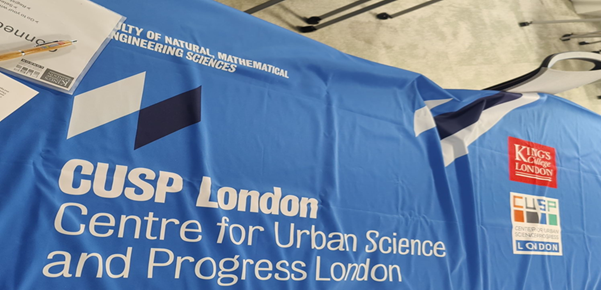Existing image data can help give a clearer picture of building energy efficiency

Dr Qunshan Zhao was interviewed for an article in the New Scientist, which explains how Artificial Intelligence (AI) can use existing Google Street View images and satellite imagery to estimate building energy efficiency in cities across the globe.
In the piece - AI can tell which buildings are energy efficient from the outside (subscription required) - Dr Zhao, UBDC's Lead on Urban Sensing & Analytics and Senior Lecturer in Urban Analytics at the University of Glasgow, comments:
"The benefit of using these images is you will be able to extend [the AI analysis] to a global level...You get Street View images in most countries".
He also notes that AI predictions could be improved with the use of higher-resolution thermal infrared imagery from new satellites and street scanning, which will be trialled this winter and next winter via a UBDC-funded scanning project.
Dr Zhao has co-authored a paper in Energy and Buildings journal on understanding building energy efficiency with administrative and emerging urban big data by deep learning in Glasgow, which is linked to in the article.
Files
Latest news

UBDC Data Dive
In February 2025, I had the incredible opportunity to attend the Data Dive program hosted at King’s College London, led by the Centre for Urban Science & Progress (CUSP). Each year students from London, Glasgow, Warwick, New York, and Peking come together for a 4-day hackathon to use data to address important urban challenges.
%201.svg)

UBDC attends the 3rd Digital Footprints Conference in Leeds
This year focused on Digital Footprints for the Public Good exploring the exciting potential of novel data sources to drive impactful research.
%201.svg)

UBDC support for Brazil's 'Map of the Peripheries'
The Urban Big Data Centre is joining a new partnership with Brazil’s Secretaria Nacional de Periferias, and the Humanitarian Open Street Map Team aimed at supporting the Map of the Peripheries project.
%201.svg)
Jointly funded by
%20copy.png)
.png)



.svg)
.svg)




